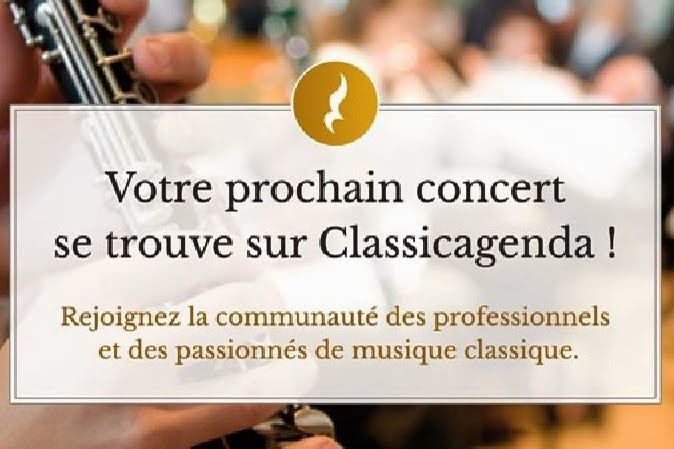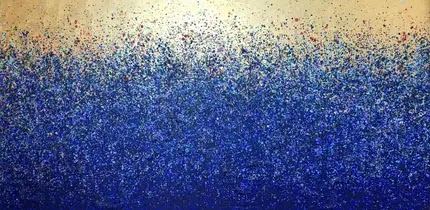There is of
course so much to be said about Dublin. It’s not – only - a city of pubs. Maybe
we could start with some views of the bridges over the River Liffey which runs
through the city centre. They are from all periods, including the most recent
one, the Samuel Beckett Bridge. Yes, there is also a James Joyce Bridge… There
are a number of other Irish poets and writers who could give their names to the bridges:
Brendan Behan, Thomas Moore, G.B. Shaw, Oscar Wilde, W.B. Yeats… including four
winners of the Nobel Prize for Literature. (Talking about poets, maybe this is
also the moment to mention some Irish musicians ranging from the traditional to
the most recent – The Dubliners, The Chieftains, Van Morrison, Sinead O’Connor,
The Corrs, Gilbert O’Sullivan, The Pogues, U2 … )
A special
attention to the “Ha’penny Bridge” from 1816, which will bring you to the
Temple Bar district. It was actually a toll bridge until 1919 and in the meantime
the charge had increased from a Ha-penny to 1 ½ pence.
The Saint
Patrick’s Cathedral has its origins from the 12th century, but most of the
present construction dates from the 17th , 18th and 19th
centuries. We must remember the switches between Catholic, Protestant,
Anglican… beliefs and communions – for a while this was even the church for
immigrated French Huguenots. Today the Church of Ireland is autonomously
Anglican. It should be known that there are two Cathedrals in Dublin and
the other, older, one – the Christ Church Cathedral (partly to be seen on a
photo below, but the tower is at present hidden by scaffoldings) is actually
the seat of the Anglican Archbishop – and officially (not in practice) also of
the Roman Catholic Archbishop, representing the strongly dominating religion in
Ireland.
Saint
Patrick’s is headed by a Dean. The most famous of the Deans is probably the
author of Gulliver’s Travels, Jonathan Swift, who had this role 1713-45. He’s
buried here together with his friend Stella.
In the
Saint Patrick’s Cathedral you can find an 18th century copy of
Handel’s Messiah Hallelujah Chorus. It should be noted that Handel was invited
to Dublin 1742-43 and that’s where the Messiah was performed for the very first
time (April 13, 1743) at the Great Music Hall in Fishamble Street – here –
using the choirs from Saint Patrick’s. Originally it was thought for smaller
settings, but… here we can listen to a large scale version.
Here are thus
some pictures on (part of) the Christ Church Cathedral … and also of the 13th
century city wall…
The Trinity
College is the oldest Irish University, founded by Elizabeth I.
The 18th
century Dublin City Hall and the government complex Dublin Castle are
neighbours.
O’Connel Street is the city’s main thoroughfare with a lot of monuments, including the
one of Daniel O’Connel, a 19th century nationalist leader… and of
course, again James Joyce. It’s also here and in the crossing streets that you
can find department stores, hotels and all kinds of shops.
I was
impressed by the Post Office and its preserved old interior.
Ireland and
Dublin is dominated by the Guinness Breweries, founded by Arthur Guinness in
1759, now owned by Diageo (Smirnoff, Johnny Walker, Baileys, Moët Hennesey…). A
visit to Guinness Storehouse is somehow compulsory. There are seven stores explaining the
manufacturing… and when you reach the top, at the Gravity Bar, you can enjoy a
draft, overlooking a 360° panorama of Dublin.
In the more
western parts of Dublin you can find the 19th century Euston Station…
… the
Museum of Modern Art, housed in the 17th century previous hospital,
Royal Hospital Kilmainham…. which once was occupied by a Knights Hospitaller
abbey with lands, now transformed to….
…. a large
park area, The Phoenix Park. (Actually Phoenix is just a bad interpretation of
the Irish “fionn uisce”, meaning clean water.) The facade of the white building
we can see is the residence of the Irish president. There is also Europe’s
largest obelisk, the Wellington Monument (yes, Wellington was also born in
Ireland), the Magazine Fort…
… large
fields for cricket, rugby…
… and a flourishing real park area (where you also can find the zoo)…
… and surprisingly photo-friendly squirrels.
The city is
full of old canals, docks, locks…
… and
around them you can now find newly constructed offices, apartment buildings,
restaurants, theatres…
… and the
waters are used for all kinds of activities …
… including
diving, jumping, swimming kids.
There are also many examples elsewhere of recent architecture…
… and also
of older architecture. (The weather is changing all the time, a little rain
shower is “normal”.)
On the Customs
House river quay you can also find one of the monuments which reminds us of the
Great Famine in the 1840’s. (See also preceding post.)
Dublin is
often visited by large sailing ships. During my visit I could see the Mexican school
ship, B.E. Cuauhtemoc.
As in every
city there is a bit of street art.
I was
impressed by the ever present street lamp design.
Well, I
guess I have to stop now… Next post will be about the Connemara.




































































